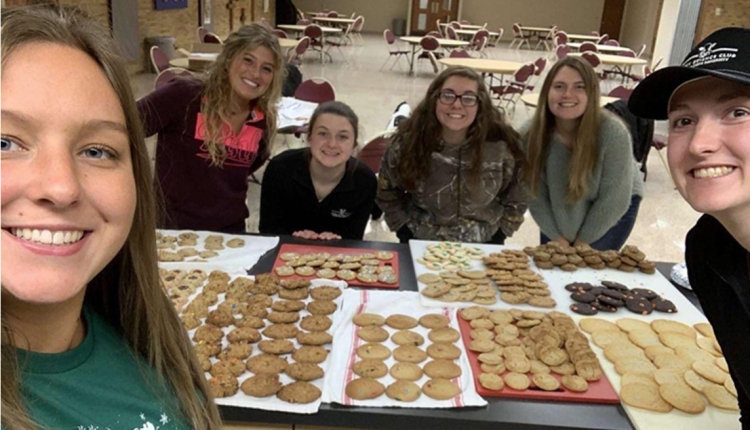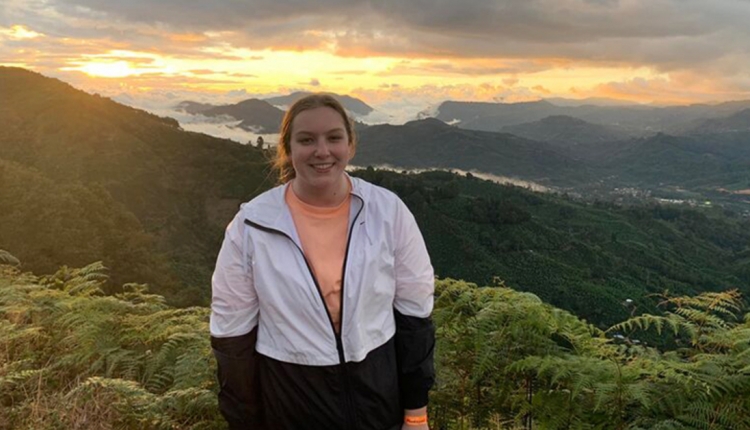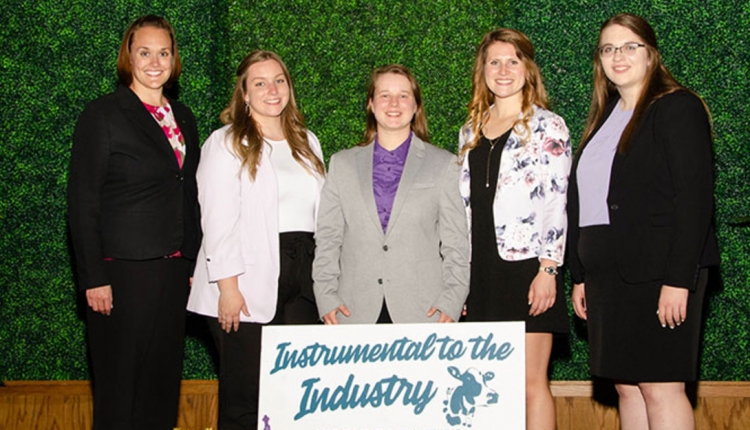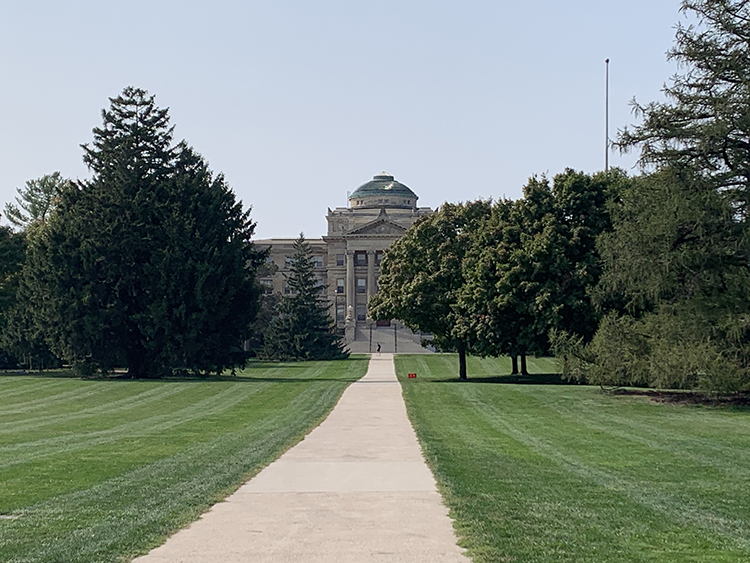
Come the fall, practically all college students are running around with their heads cut off. Of course, not literally, but talk of career fairs, internships, and job openings is buzzing around campuses. Quickly, students become anxious about landing the position of their dreams.
To the students’ luck, career services specialists are unphased by the chaos. Standing firm, these experts are ready to help students put forth their best foot. Sara Lane, the director of career services at North Carolina State University’s College of Agriculture and Life Sciences, shared her advice during a workshop hosted by the American Dairy Science Association-Student Affiliate Division.
Encompassing years of experiences, involvements, and accomplishments, a résumé gives employers a quick glance at a candidate. To start off the workshop, Lane had the students look at a sample job description and five résumés. She instructed them to choose a top pick to hire.
Throughout the selection process, the students were thrown curveballs as two of the candidates submitted cover letters and a company employee spoke highly another. With all these considerations in mind, the students agreed that there was one exceptional candidate.
So, what made that person stand out?
Starting with their résumé, the sample candidate followed a clean and consistent format. Lane recommended a layout with the name and contact information at the top followed by a professional summary, education, and coursework or skills.
She said that a professional summary and a coursework or skills section can be added on the résumé when the candidate does not have much job experience in the field they desire to work in. For educational background, college students should remove their high school degree and instead state post-secondary majors and minors, expected graduation date, and their collegiate GPA if above 3.0 or required.
Job experience and involvement conclude the résumé. “The thing recruiters are most interested in is the experience,” said Lane. Applicants should use the job description to tailor their background to what the company is looking for.
Additionally, the top candidate submitted a supplemental cover letter that was not required. However, they explained how their experience tied in with the job description. Lane noted, “Statistics show that about 40% of hiring managers actually look at cover letters.” In this candidate’s case, she was not the top pick until she included it.
“A cover letter can help you stand out from the pack,” informed Lane. She advised students to have three paragraphs. She said, “Your first paragraph is the ‘I love you paragraph.’ You tell the company why you like them and why you want to work for them.”
For the second paragraph, she referred to it as the ‘You love me’ paragraph because the candidate is describing why their experience and knowledge is right for the job. To conclude the cover letter, the last paragraph should invite the recruiter into further conversation.
Lane recommended that college students take full advantage of their campus’s career services. Through these tips and speaking with your college’s experts, perfecting your résumé and cover letter should be a breeze!
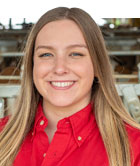
Jessica Schmitt grew up working on her family’s dairy farm near Fort Atkinson, Iowa. She recently completed her junior year at Iowa State University where she is triple majoring in dairy science, international agriculture, and agricultural and life sciences education with a communications option. Schmitt is serving as the 2021 Hoard’s Dairyman editorial intern this summer.






